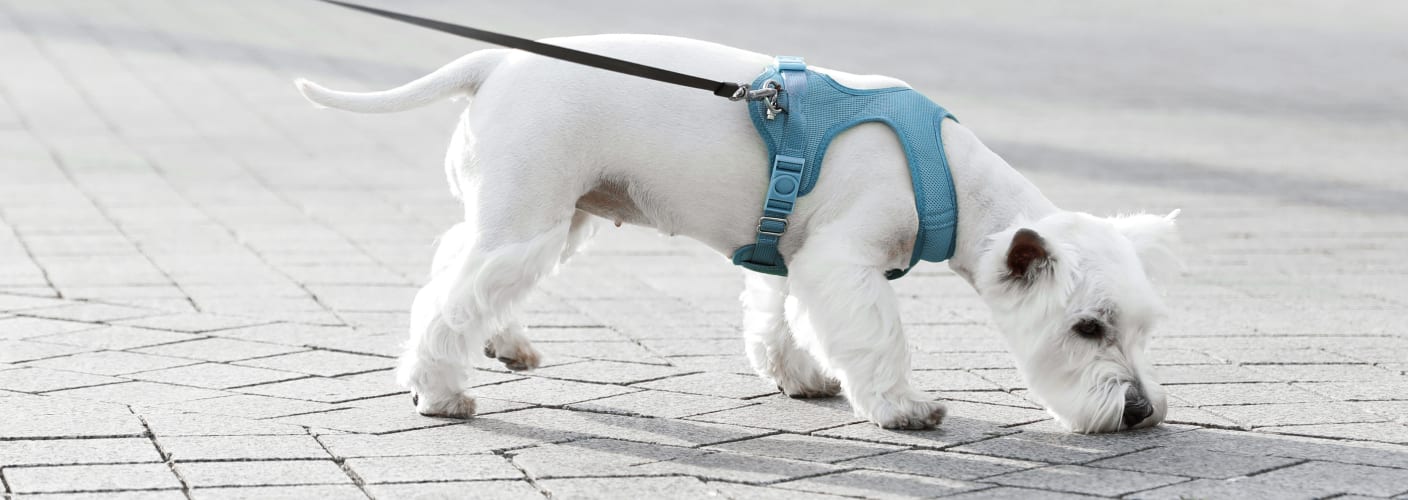
Urinary blockages are not uncommon in cats and they can become life-threatening quickly. Our Erin vets are here to talk about this condition and PU surgery to help fix the problem.
What Is Perineal Urethrostomy (PU) Surgery?
A perineal urethrostomy (PU) is a surgical reconstruction of the tube your cat urinates through called the urethra. The purpose is to create a larger opening through which your cat can urinate. Typically, PU surgery is considered once it has been determined that urinary obstructions either cannot be corrected by catheterization or if the cat has been experiencing repeated obstructions.
Urinary blockages can very quickly become life-threatening for your cat. While this surgery is used to greatly decrease the likelihood of repeat blockages it will not guarantee that obstructions will not reoccur. The care taken after surgery will help to ensure that the procedure was a success and lower the risk of future blockages.
While it is possible for both male and female cats to experience blockages in the urinary tract, male cats are more likely to notice because their urethras are thinner and longer than female cats. As the male urethra extends the length of the penis it becomes more narrow increasing the likelihood of an obstruction occurring.
When is PU surgery recommended?
Perineal urethrostomy surgery is most commonly recommended in the following situations.
- A urethral obstruction within the penis that cannot be removed. The most common treatment for urethral obstructions is through the use of a urinary catheter. Your vet would pass this catheter through the external opening of the urethra forcing any stones or mucus within the urethra into the bladder, at which point they can be managed using medication or surgery. If this method is unable to clear the blockage then perineal urethrostomy surgery may be required in order to allow the cat to urinate.
- Recurrent urethral obstructions. It is possible for obstructions to be common and reoccurring in some male cats. Although it is possible to continually remove the blockages in these cats, they may also benefit from perineal urethrostomy surgery to try to avoid or lower the risk of future obstructions.
What is the goal of PU surgery?
The main concern that is addressed during PU surgery is the narrow urethra in the distal penis, so the goal of the surgery will be to widen the urethra. Your vet will complete this by incising the penis and suturing it open to create a stoma (an opening) and drainage board. Over the weeks following surgery, the drainage board will shrink and your cat's fur will grow back and leave your cat with more of an appearance of a female cat rather than a male.
What after-care is required after PU surgery?
Because cats are notorious for attempting to clean and lick their wounds as well as the chance that they may attempt to scratch or bite at the area it is recommended that your cat wear an Elizabethan collar for the duration of the recovery process.
Your vet will also recommend having your cat kept in an area of the home where they can relax and will not be able to climb or jump onto furniture. Your cat should also be isolated from other pets to limit interactions and possible playtime which could further injure your cat.
What to Expect Once Your Cat Has Had PU Surgery
If your cat's PU surgery is straightforward and successful, and they recovered without complications, there should, in theory, be no continuing concerns. There may be a rare case where a cat experiences another obstruction after having PU surgery, but this is highly unlikely.

